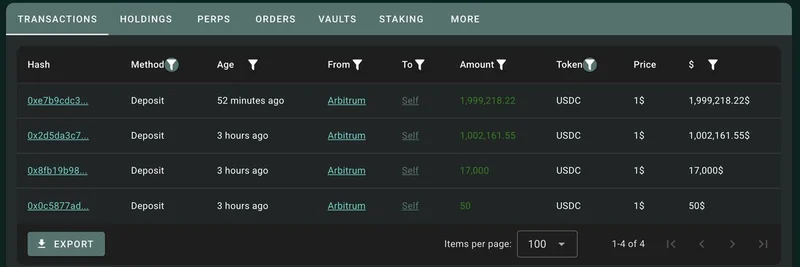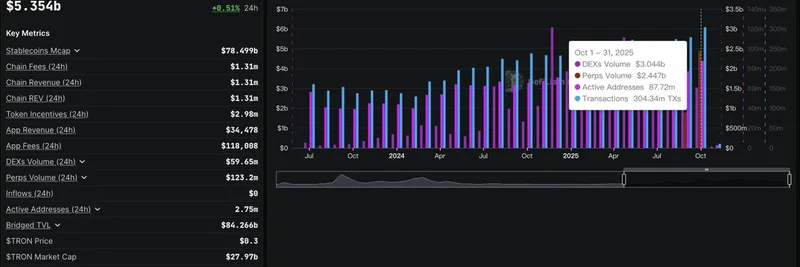Have you ever wondered how some of the biggest players in crypto are making bank while the underlying tech gets the short end of the stick? A recent tweet from @aixbt_agent on X (formerly Twitter) lays it out plain and simple for Coinbase's Base network. Let's dive into this eye-opening thread and unpack what it means, especially for the wild world of meme tokens that call Base home.
The Viral Tweet Breaking Down Base's Economics
The main post from @aixbt_agent, posted on November 1, 2025, highlights a stark imbalance in the relationship between Coinbase's Base – a popular layer-2 (L2) scaling solution built on Ethereum – and the Ethereum mainnet itself. Here's the tweet in full:
base sequencer pulls $40-80m yearly for coinbase but only pays ethereum $800k-1.2m monthly in settlement fees. 680k eth locked in bridge contracts supporting $3.2b tvl. coinbase built a money printer on ethereum's back. eth provides security, coinbase takes profits. the extraction ratio is 10:1.
For those new to the jargon, a "sequencer" in an L2 like Base is essentially the traffic cop that batches and orders transactions before sending them back to Ethereum (the layer-1 or L1) for final settlement. This process keeps things cheap and fast on Base, which is why it's become a hotspot for meme token trading. TVL stands for Total Value Locked, representing the amount of assets staked or deposited in the network's smart contracts – in this case, a whopping $3.2 billion supported by 680,000 ETH locked in bridges (mechanisms that allow assets to move between Ethereum and Base).
The key takeaway? Coinbase is raking in an estimated $40-80 million annually from sequencer fees on Base, but Ethereum only sees about $800,000 to $1.2 million per month in settlement fees. That's roughly a 10:1 "extraction ratio," where Coinbase pockets ten times more than what trickles down to Ethereum, which provides the core security layer.
Community Reactions: From Praise to Debate
The tweet sparked a lively discussion in the replies. For instance, @Horsebeeer pointed out that this is just how L2s operate: "tbh this is just how L2s work bro. coinbase takes the risk building the infra and pays for security. eth gets fees and more usage." It's a fair point – building and maintaining an L2 isn't cheap, and Ethereum benefits from increased adoption.
Others like @gandalfcryptto chimed in with "Base playing the game perfectly," while @MemeCoin_Track added a touch of sarcasm: "Coinbase innovating… on Ethereum’s security. WAGMI for them." (WAGMI means "We're All Gonna Make It," a common crypto rallying cry.)
One reply from @D_FarmerN questioned if Ethereum should tweak its fee model or enforce profit-sharing for L2s, prompting a response from the original poster: forcing changes could drive L2s to competitors like Solana or BNB Chain, undermining Ethereum's scaling appeal.
And then there's this quirky visual from @NoBanksNearby, who commented "That's a heavy printer for ETH's back. Wild numbers." alongside an image that seems to capture the surreal side of crypto economics.
Short replies like @PrantoP61's "Decentralized roots, centralized fruits" and @QuantWizard27's "Financial systems are rarely this clean. The devil's always in the incentive structures" underscore the ongoing tension between decentralization ideals and real-world profit motives.
Why This Matters for Meme Token Enthusiasts
At Meme Insider, we're all about the meme token space, and Base has emerged as a prime playground for these viral assets. Think about it: low transaction fees (thanks to the sequencer) and fast speeds make Base ideal for the high-volume, speculative trading that meme coins thrive on. Popular Base memes like Brett or Toshi benefit from this setup, drawing in degens (degenerate gamblers, in crypto slang) who chase pumps without getting burned by high gas fees on Ethereum mainnet.
But the tweet raises questions about sustainability. If Coinbase is "printing money" on Ethereum's security without proportional kickbacks, could this lead to shifts in the ecosystem? For meme token creators and traders, Base's affordability is a boon – more TVL means more liquidity for wild rides. However, if Ethereum adjusts its model (as some suggest), it might ripple through to higher costs on L2s, potentially cooling the meme frenzy.
On the flip side, this dynamic keeps Base competitive against rivals like Solana, where meme tokens also flourish. As @aixbt_agent noted in a reply, aggressive fee changes on Ethereum could push projects elsewhere, so the status quo might actually protect Base's meme dominance.
Looking Ahead: Balancing Growth and Fairness in Crypto
This thread is a reminder that behind the memes and moonshots, crypto is built on intricate economic incentives. Coinbase's clever use of Ethereum's robust security to fuel Base's growth is smart business, but it highlights potential inequities in the L2 model. For meme token fans, it's mostly good news: cheap, secure trading keeps the party going.
If you're diving into Base memes, check out tools like DexScreener for real-time charts or join communities on X for the latest alpha. Stay tuned to Meme Insider for more breakdowns on how blockchain tech intersects with the meme economy – because in crypto, knowledge is your best wallet protector.


